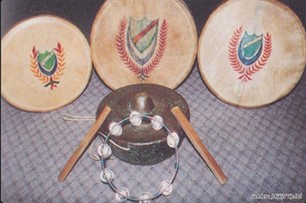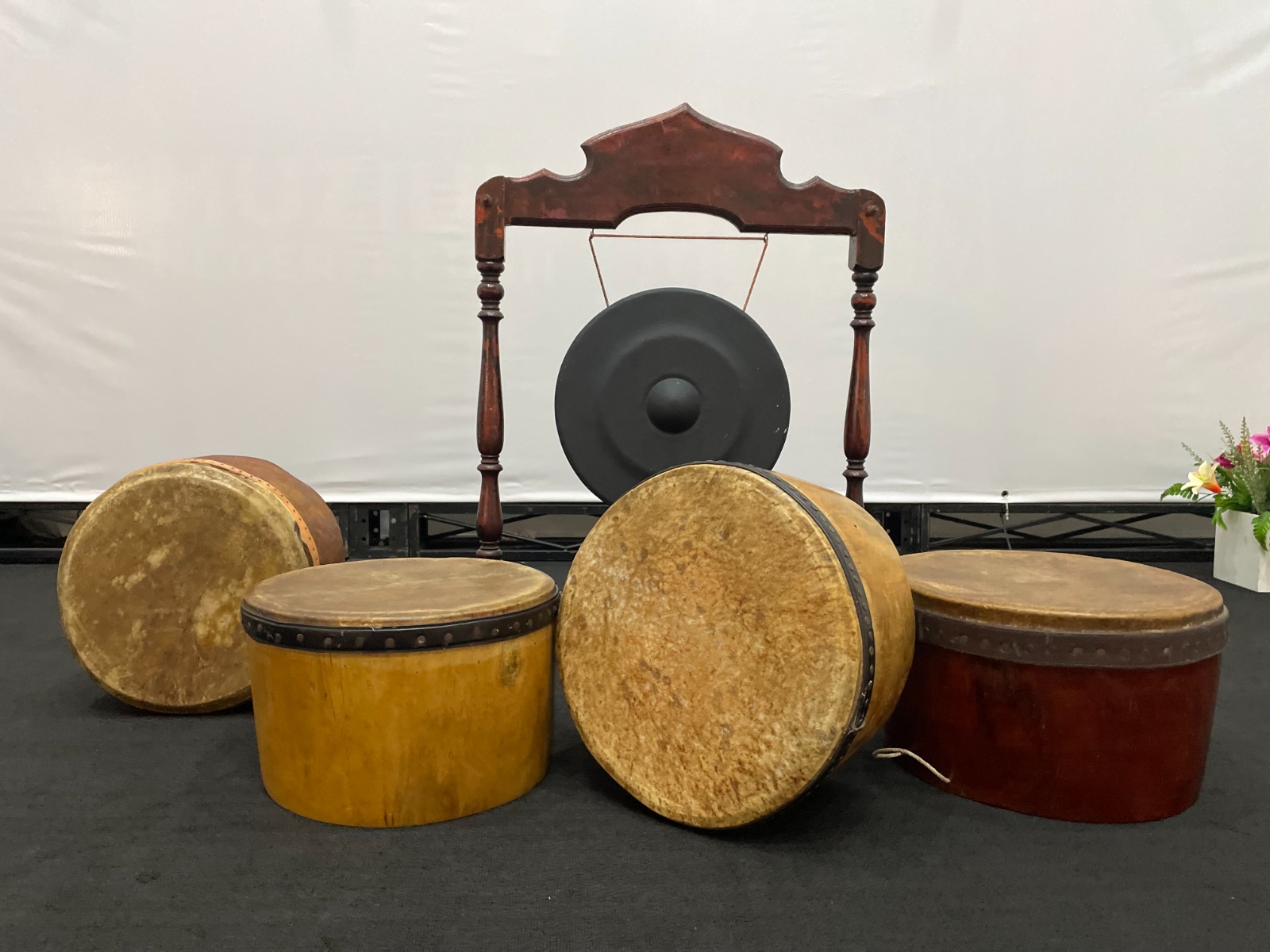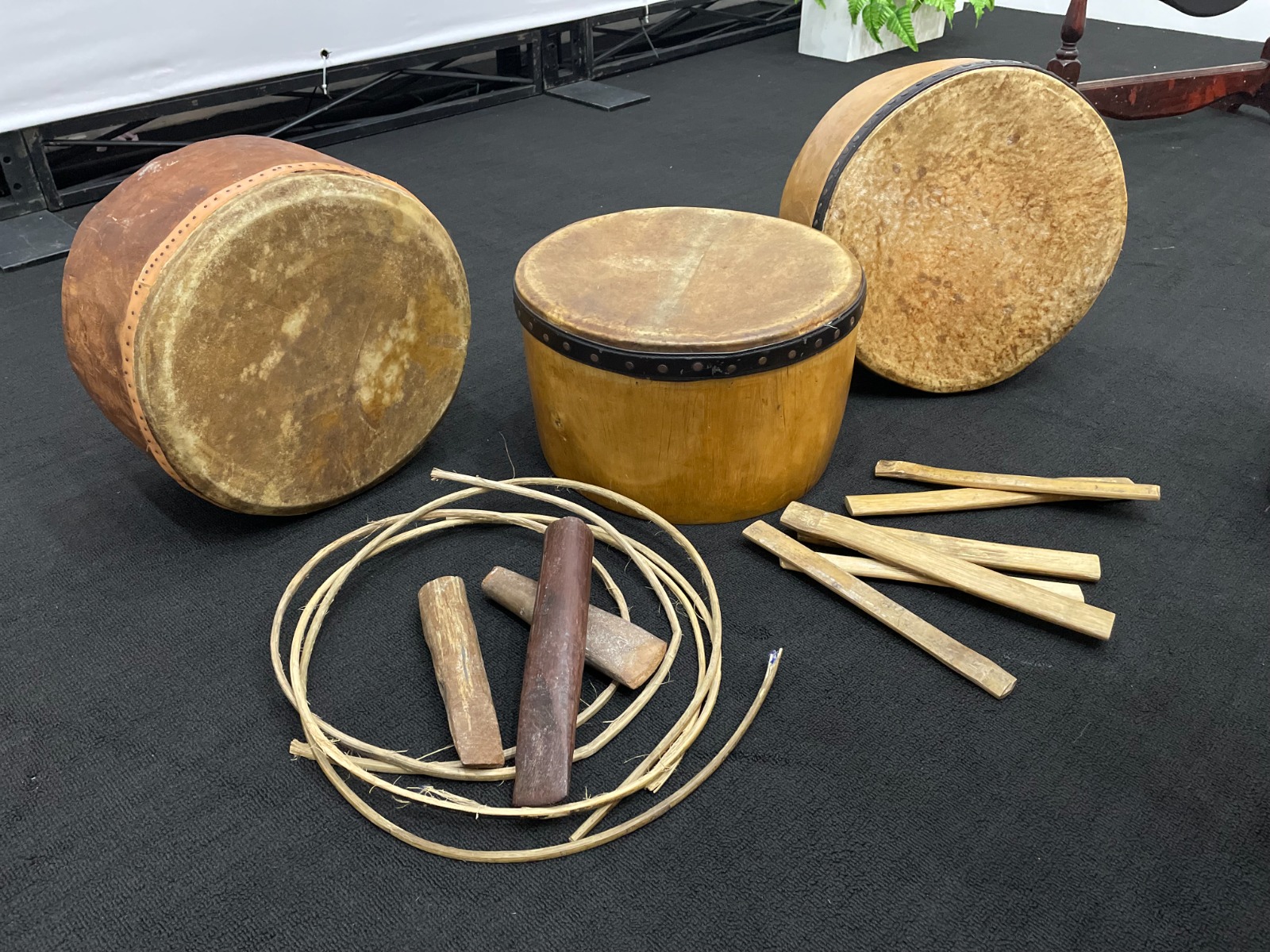ARTS AND CULTURE INFORMATION GATEWAY
Immerse yourself in the colorful world of art and culture! From traditional heritage to contemporary works, discover uniqueness that reflects the nation's identity and identity
JIKEY
Picture
8
Video
Available
Today's Visitor
18
Number of Visitors
1658
Introduction and history
Jikey is one of Malaysia's unique traditional performing arts, particularly in the northern regions such as Kedah and Perlis. This art form combines elements of acting, dancing, music, and singing into a dramatic performance. The name "Jikey" is believed to be derived from the Thai word "Chikai," meaning "folk performance," reflecting the influence of Thai culture on this art. Initially, Jikey was part of religious or ritual ceremonies within the Malay-Islamic community but later evolved into a form of folk entertainment performed at various events such as feasts, celebrations, and harvest festivals.
The history of Jikey can be traced back to the 19th century, when it was first performed by farming communities as post-harvest entertainment. Its performances often revolved around daily life, folklore, and comedic tales, which were entertaining yet carried moral lessons and social messages. As a folk art, Jikey incorporates a spontaneous element where actors often improvise their dialogues and actions, making it relatable to the audience. Traditional musical instruments such as gendang (drums), rebana (frame drums), and gongs accompany the performances, alongside singing and dancing that depict specific stories or scenes.
However, the popularity of Jikey began to decline in the mid-20th century due to societal lifestyle changes and the emergence of modern entertainment such as television and radio. Efforts have since been made by cultural practitioners and institutions to preserve this traditional art form. Today, Jikey is still performed at cultural events as a symbol of the northern Malaysian community's artistic heritage.
As a traditional performing art, Jikey holds multiple significant functions and roles in the Malay community, particularly in the northern regions of Peninsular Malaysia such as Kedah and Perlis. One of its primary functions is as a medium of folk entertainment. Jikey is often performed during social events such as feasts, harvest festivals, and local celebrations, providing lighthearted humor and captivating performances to local audiences. Its blend of acting, music, singing, and dancing makes Jikey an engaging platform suitable for all levels of society.
Beyond entertainment, Jikey also serves as a medium for imparting moral values and social education. The stories told in Jikey often contain life lessons, such as the importance of honesty, hard work, and respect for elders. In some cases, Jikey performances are also used to convey social critiques through humor or satire, offering the community a lighthearted way to reflect on current issues.
Additionally, Jikey plays a role in cultural preservation. Through Jikey performances, traditional arts such as music, dance, and the local Malay language are safeguarded and passed on to younger generations. The use of traditional musical instruments such as the gendang, rebana, and gong, along with rhythmic storytelling styles, highlights the richness of local arts and culture. Furthermore, Jikey strengthens the cultural identity of the Malay community, particularly in the northern regions of Malaysia, by showcasing unique local elements.
Costumes and attire in Jikey performances play a crucial role in portraying characters’ identities and enhancing the visual and aesthetic elements of the show. Each character in Jikey, such as kings, warriors, commoners, or comedic roles, wears distinctive and colorful costumes that reflect their social status and the context of the story. For instance, royal and noble characters often wear brightly colored, embroidered clothing with accessories like crowns or tanjak (traditional Malay headgear), symbolizing grandeur and authority. In contrast, commoners typically wear simpler traditional clothing, such as sarong and baju Melayu.
Comedic or humorous characters, often the highlight of Jikey performances, tend to wear exaggerated or flamboyant costumes with bold patterns, emphasizing their funny and playful nature. These costume elements not only captivate the audience’s attention but also help convey the traits and roles of the characters in the story.
The costumes used in Jikey are heavily influenced by traditional Malay culture, with touches of Thai and regional influences, reflecting its origins along the Malaysia-Thailand border. Materials like songket, silk, and traditional patterned fabrics are commonly used, showcasing the beauty of local textile art.
Costumes also serve to reinforce the themes and atmosphere of the stories. For instance, in battle scenes or dramatic episodes, warrior costumes may include accessories like keris (daggers) or swords. Meanwhile, scenes depicting rural life might feature more casual and modest attire. The costumes are complemented by traditional makeup, enhancing facial expressions and the visual appeal of the characters.
Reference Source
i. Bahan Bacaan
Mohd Anis Md Nor (2002). Seni Persembahan Tradisional Malaysia: Mek Mulung, Jikey dan Wayang Kulit. Dewan Bahasa dan Pustaka.
Ghulam-Sarwar Yousof (2004). The Encyclopedia of Malaysia: Performing Arts. Archipelago Press.
Norlia Ghani (2015). Jikey: Identiti Seni Persembahan Tradisional Kedah dan Perlis. Universiti Malaya Press.
Location
State JKKN Contact Information
Encik Mohammad Salleh bin Mahmud
Cultural Officer
Jabatan Kebudayaan dan Kesenian Negara, Kedah
Kompleks JKKN Kedah
Lot PTD 400, Pumpong
05250 Alor Setar
KEDAH DARUL AMAN
011-10899646
Use the form below to contact the Informant/Figure/Editor/Researcher directly. We will respond to your inquiry as soon as possible!

 Persatuan Penggerak Seni Warisan Budaya (AKRAB Kedah)
B-84, Taman Wira Mergong,
Lebuh Raya Sultanah Bahiyah,
05350 Alor Setar,
Kedah Darul Aman.
Persatuan Penggerak Seni Warisan Budaya (AKRAB Kedah)
B-84, Taman Wira Mergong,
Lebuh Raya Sultanah Bahiyah,
05350 Alor Setar,
Kedah Darul Aman.












